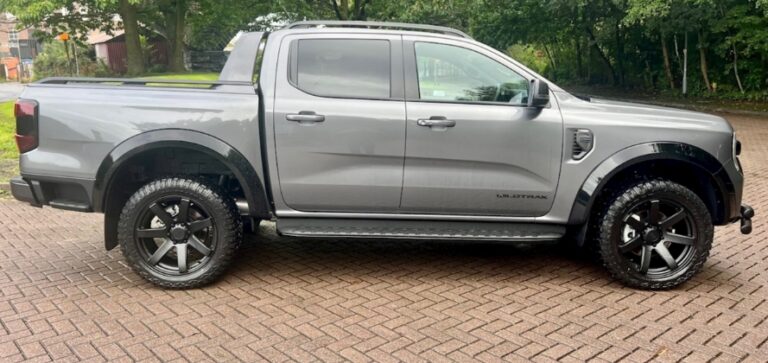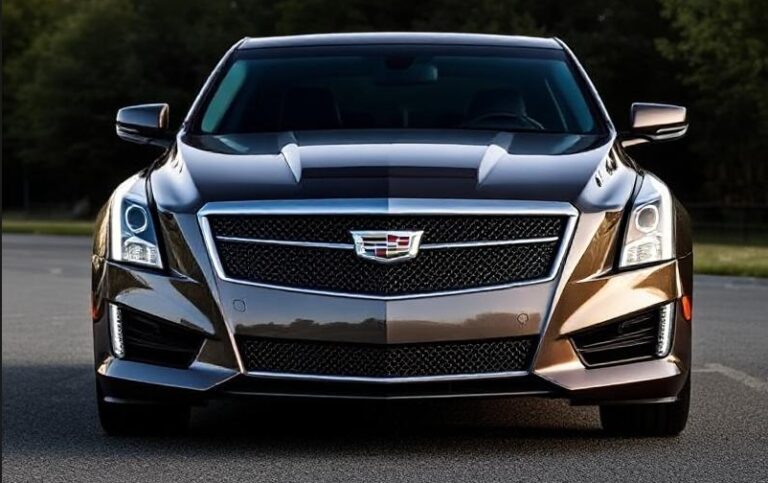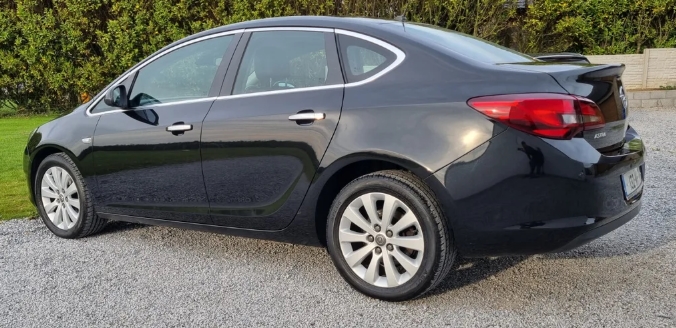The Evolution of the Toyota Aqua
The Toyota Aqua, also known as the Toyota Prius C in some markets, is a subcompact hybrid hatchback that has gained significant popularity since its debut. Since its inception, the Aqua has embodied Toyota’s commitment to environmentally friendly mobility, combining fuel efficiency with practicality and affordability. This article traces the evolution of the Toyota Aqua from its launch to the latest models, covering production years, model variants, and trim levels.
Introduction and Launch (2012)
The Toyota Aqua was first introduced in Japan in December 2011 as a 2012 model year vehicle. It was conceived as a compact, affordable hybrid aimed at urban drivers seeking economical transportation with low emissions. The Aqua was based on Toyota’s Hybrid Synergy Drive, sharing its platform with the third-generation Toyota Prius but in a smaller, more city-friendly package.
The Aqua’s primary market was Japan, where it quickly became a best-seller due to its impressive fuel economy, compact size, and affordability. Its success prompted Toyota to consider expanding its reach to other markets under different branding.
First Generation (2012–2021)
Initial Release (2012–2015)
The first-generation Toyota Aqua (XP120 series) was launched in Japan in December 2011 and officially went on sale in early 2012. It was built on the Toyota New Global Architecture (TNGA) platform, which contributed to its lightweight construction and efficiency.
Design & Features:
- Compact hatchback with a distinctive, modern look.
- Aerodynamic design with a drag coefficient of approximately 0.287.
- Interior focused on maximizing space within a small footprint.
Powertrain:
- 1.5-liter 1NZ-FXE four-cylinder engine paired with a permanent-magnet AC synchronous motor.
- Total system output around 99 horsepower.
- CVT transmission for smooth power delivery.
- Fuel economy rated at approximately 50–55 mpg (Japanese JC08 cycle), making it one of the most fuel-efficient non-plug-in vehicles.
Model Variants and Trim Levels:
- X: Base trim, offering essential features such as air conditioning, power windows, and a basic audio system.
- G: Mid-level trim with additional features such as alloy wheels, upgraded audio, and interior amenities.
- L: Higher-end trims offered more comfort features, better upholstery, and sometimes a sunroof.
In 2014, Toyota introduced a special edition called the Aqua S Style that added cosmetic enhancements and minor interior upgrades.
Facelift and Updates (2017)
In 2017, Toyota released a mid-cycle facelift for the Aqua, aligning with the company’s broader design language updates. This included:
- Slight exterior styling refreshes, including redesigned bumpers and lighting.
- Improved aerodynamics and fuel efficiency.
- Enhanced safety features, such as Toyota Safety Sense (TSS P) in higher trims, including pre-collision systems, lane departure alerts, and adaptive cruise control.
Trim levels remained largely consistent, with additional options like:
- X: Entry-level, with standard safety features.
- G: Mid-range, with upgraded infotainment and comfort.
- L: Top-tier, featuring leather seats, premium audio, and additional safety technologies.
Second Generation (2021–Present)
In 2021, Toyota introduced the second-generation Aqua, marking a significant evolution in design, technology, and efficiency.
Design and Technology Enhancements
The second-gen Aqua adopted a more modern, sharper look with a focus on aerodynamics, reducing drag coefficient further to about 0.271. It also moved to Toyota’s newer TNGA platform, improving stability and ride quality.
The interior saw a significant upgrade, with larger displays, improved ergonomics, and higher-quality materials. Safety features were expanded across all trims, making the Aqua a more comprehensive package.
Powertrain and Efficiency
The new Aqua continued to utilize hybrid technology but with improvements:
- Introduction of a 1.5-liter Dynamic Force engine, offering better responsiveness.
- Enhanced hybrid system with improved battery management and energy recovery.
- Fuel economy increased to approximately 58–60 mpg (WLTP cycle), solidifying its reputation as one of the most efficient hybrids.
Trim Levels and Variants
The second-generation Aqua offers several trim levels, tailored for different customer needs:
- X: The base model, equipped with essential features, including automatic climate control, LED headlights, and Toyota’s Safety Sense suite.
- G: Adds features like a larger touchscreen infotainment system, alloy wheels, cruise control, and upgraded upholstery.
- Z: A premium trim introduced later, featuring leather seats, premium audio, sunroof, and additional safety options.
In addition to these, Toyota has offered special editions and packages, such as the Aqua Black Edition and Aqua S Style variants, which focus on aesthetic enhancements.
Special Editions and Market Variants
Throughout its production, the Aqua has seen several special editions designed to appeal to specific markets or customer preferences:
- Aqua S Style (2014, 2017, 2021): Cosmetic packages with unique styling elements, interior upgrades, and sometimes additional safety features.
- Aqua Black Edition: Focused on a sporty, upscale look, featuring black exterior accents and premium interior materials.
- Aqua Sporty: Limited runs with sportier styling cues, such as body kits and unique wheels.
In markets outside Japan, such as Southeast Asia and parts of the Middle East, the Aqua was often sold under the Prius C brand, with slight variations in trim and features.
Global Presence and Market Variations
While the Aqua was primarily a Japanese domestic market vehicle, Toyota exported it to select markets under different names:
- Toyota Prius C: In North America and some other regions, the Aqua was rebadged as Prius C, with minor differences in trim and features.
- Toyota Yaris Hybrid: In some markets like Europe, similar hybrid technology was offered in the Yaris model, but not directly as the Aqua.
Technological Advancements Over the Years
The evolution of the Aqua has been marked by continuous improvements in hybrid technology, safety features, and design:
- Hybrid System Enhancements: From initial nickel-metal hydride batteries to modern lithium-ion packs, improving energy density and lifespan.
- Safety Technology: Progressive addition of Toyota Safety Sense packages, including pre-collision systems, lane departure alerts, automatic high beams, and adaptive cruise control.
- Infotainment & Connectivity: Transition from basic audio systems to large touchscreen interfaces with Apple CarPlay, Android Auto, and Bluetooth connectivity.
- Design & Aerodynamics: Incremental refinements to exterior styling and aerodynamics to improve efficiency and aesthetics.
.
RepairSurge Online Repair Manuals Replace Bulky Books With Reliable Digital Information!
Faster And Cheaper Than Traditional Printed Manuals, Users Get Instant Access To The Repair Information They Need For Any Car, Truck, Van or SUV:
.
Current and Future Outlook
The latest models continue to emphasize eco-friendliness, affordability, and practicality. With global shifts towards electrification, Toyota has hinted at further hybrid innovations and possibly plug-in hybrid variants for future Aqua models. However, the core focus remains on delivering high fuel efficiency and reliability.
Conclusion
The Toyota Aqua has evolved significantly since its debut in 2012, reflecting advancements in hybrid technology, safety, and design. From its initial launch as a compact, fuel-efficient city car to its current iteration with sophisticated features and styling, the Aqua exemplifies Toyota’s dedication to sustainable mobility.
Its various models and trim levels have catered to diverse customer needs, from budget-conscious urban drivers to those seeking a more luxurious experience. As the automotive industry continues to shift towards electrification, the Aqua’s evolution underscores Toyota’s ongoing commitment to delivering accessible, efficient, and environmentally friendly vehicles.







